Recommendation points
Usually, there are no problems with unscrewing a self-tapping screw or screw – a screwdriver, screwdriver or drill, counterclockwise rotation – and now you have metal fasteners in your hand. However, if the head, head of a screw or self-tapping screw is torn off, the thread is damaged, the task becomes difficult..
We have already written about how you can pull out a nail with a broken cap. Unscrewing a screw or self-tapping screw with the same problem or torn off edges on the head is even more difficult.
Option one
If part of the screw or self-tapping screw protrudes above the surface, you can try to grab this tip with pliers. Experts advise using thin pliers known as platypuses. Then, by turning counterclockwise, pull out the fasteners.
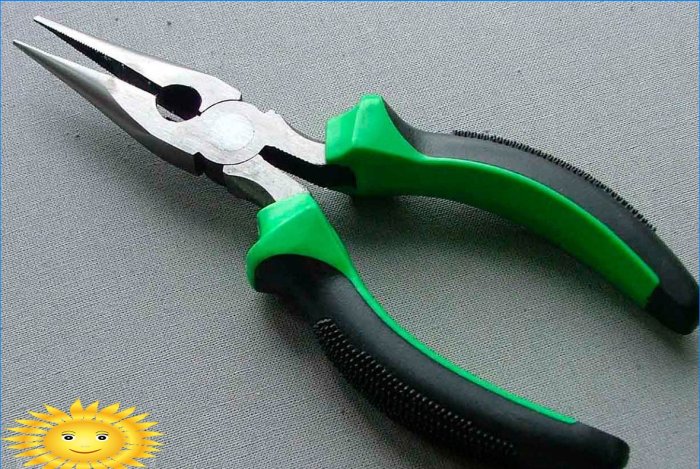
Option two
However, if a screw or self-tapping screw is screwed in deeply, there is simply nothing to grab onto. In this case, you will have to touch the surface into which the fastener is screwed. Yes, it will be damaged and it will have to be fixed later. But sometimes there is simply no other way out.
If a self-tapping screw or shurpa is screwed into a tree, you can get to them with a chisel. In the case of a concrete surface, you can drill a shallow surface nearby or make cuts with a grinder in order to be able to grab the fastener with pliers, pliers.
If a self-tapping screw was used for metal, then it remains only to make additional holes nearby in order to get close to it with platypuses.
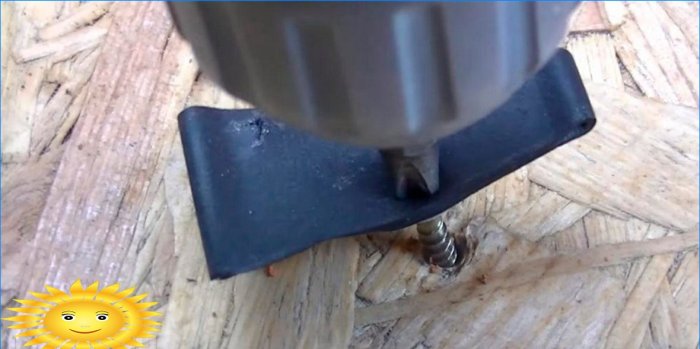
Option three
Suppose that the cap on the self-tapping screw or screw remains, but the slot is torn off, as many craftsmen say – “licked”, seamed. A screwdriver or drill simply breaks off such a fastener. The easiest way to deal with this problem is to use a piece of rubber or any rubberized material. For example, a medical harness or a bicycle camera will do. Cut out a small rectangular or square piece from the material and put it on the head of the fastener with a torn off thread. Then we rest with a screwdriver and begin to carefully unscrew. The rubber creates additional grip, the metal screwdriver no longer breaks off the slippery metal head and does its job. If the rubber is damaged or torn during operation, just take a new piece and continue twisting.
Related videos:
Option four
New edges can be cut on a torn off or damaged screw head. Rather, to deepen the previously existing, but worn out. The easiest option is to make one cut for the flat head screwdriver. To do this, use a grinder, a metal saw, a dremel. However, in the case of a self-tapping screw made of hardened metal, this option is problematic. In addition, some of the fasteners must protrude above the surface so that a notch can be made..
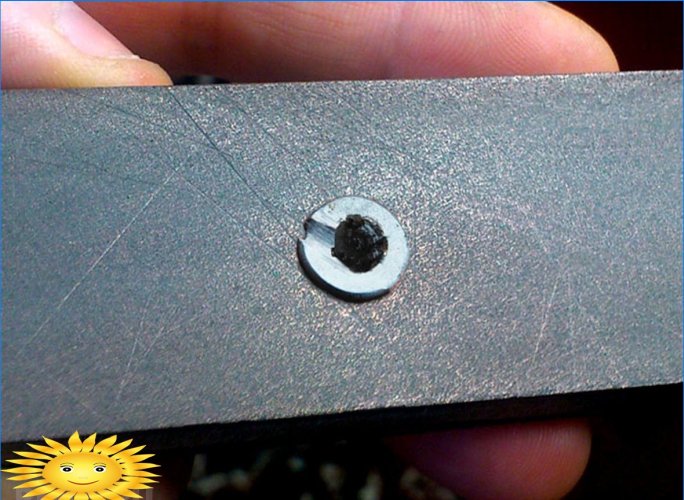
Option five
To drip on the damaged head of a self-tapping screw or screw glue of the “Moment” type. Wait until it hardens a little, attach a screwdriver to this place and press it for five seconds. The glue will seize, and the screwdriver will no longer slide off, you can slowly start unscrewing.
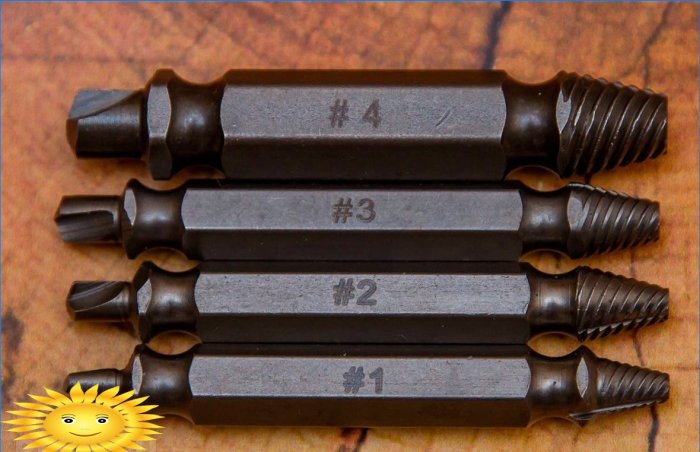
Option six
Use an extractor. This is a special tool for unscrewing stubborn bolts, but it is also suitable for self-tapping screws and screws. The secret of the extractor is that during counterclockwise rotation it grips the fasteners more and more, preventing it from breaking out. But before using the extractor, a hole should be drilled in the screw along the vertical axis, where the tool will then be inserted. In the case of a conventional screw, this is possible, you just need to choose a thin drill. But to drill a self-tapping screw from hardened steel is very difficult, the drill will just go to the side.
Related videos:
Option seven
Use welding. That is, weld a nut, some kind of rod or lever to the fragment of a self-tapping screw or screw, which will allow you to pull out the fastener without difficulty. Some use the cold welding method, others find it unreliable and weld metal.
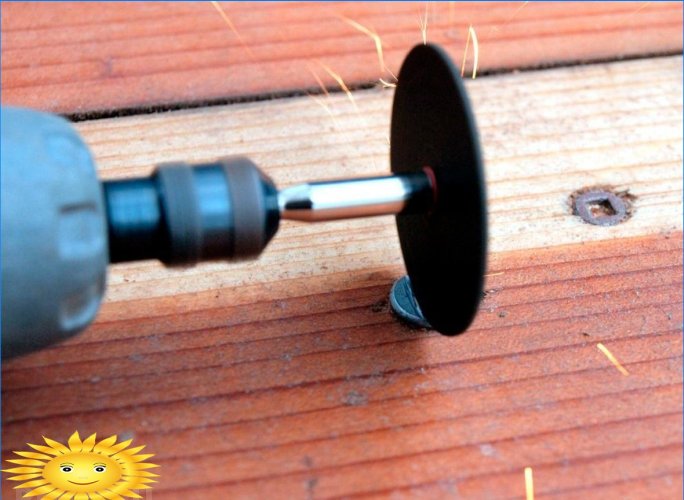
Option eighth
In the event that a self-tapping screw or a screw is in a wooden surface, they can be heated with the same soldering iron. The metal will expand, then shrink again, the wood around it will be slightly burned and the fasteners will pull out much easier.
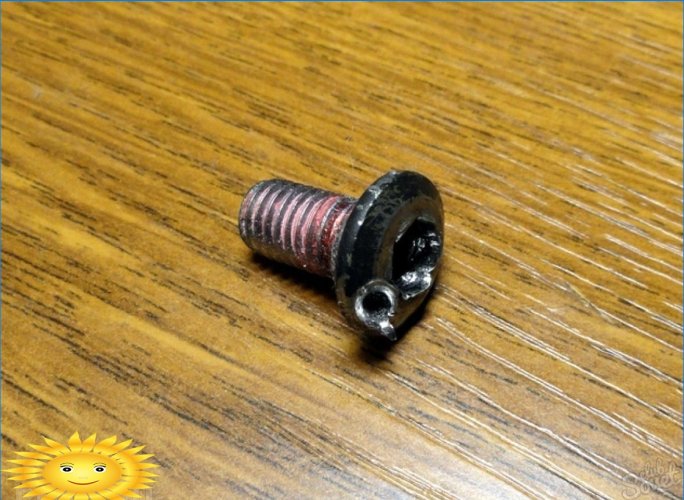

Can anyone share any tips or methods on how to unscrew a self-tapping screw or a screw with a damaged head? I’m struggling to find a solution and would appreciate any advice or suggestions. Thanks in advance!